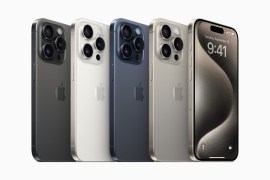Hands-on with the BlackBerry Key2 – in pictures
After a pleasing return to form last year, BlackBerry is hitting back again with a dual-camera and improved design
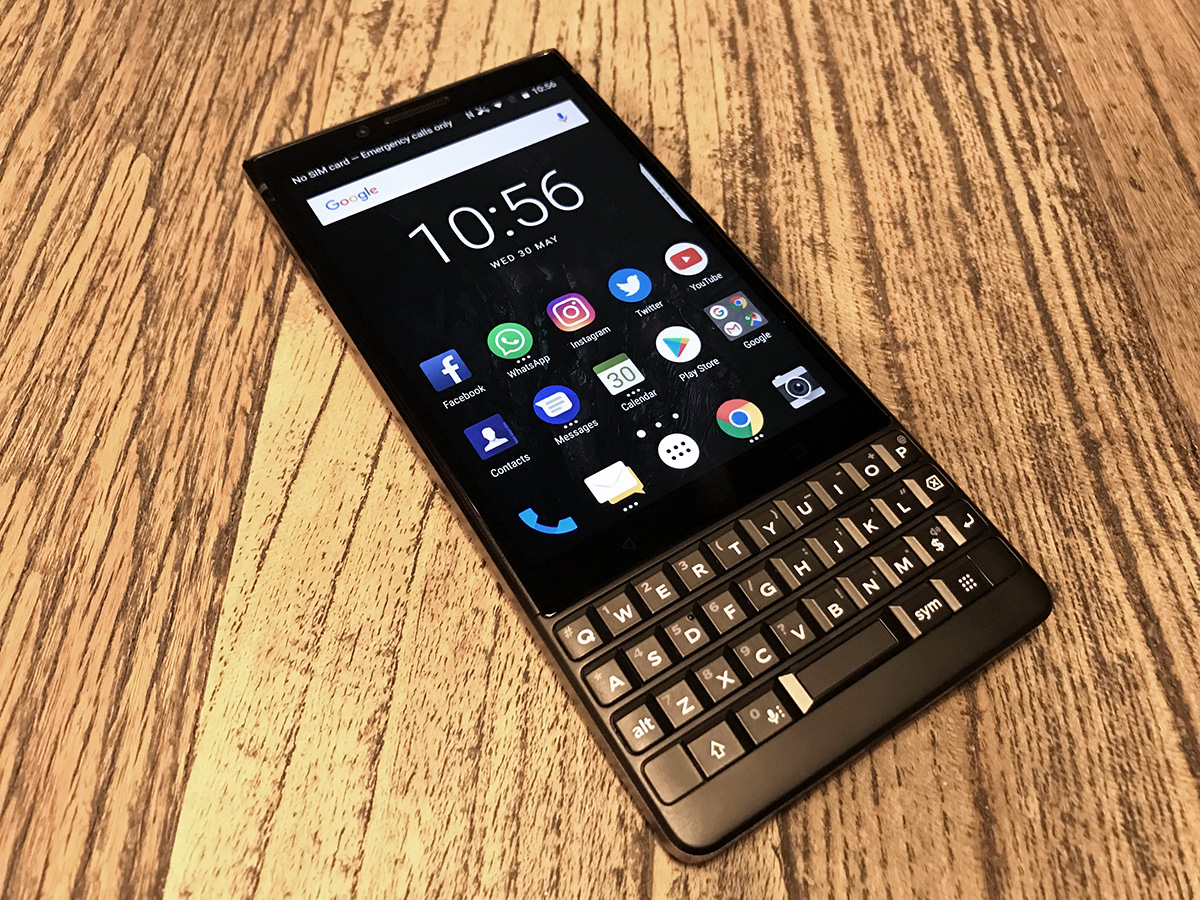
Hands-on with the BlackBerry Key2 – in pictures
In a world full of edge-to-edge smartphone displays that all look very similar indeed, it’s quite nice to see a manufacturer not following the crowd. Just like its predecessor, BlackBerry’s Key2 comes with a full physical keyboard, meaning it won’t be for everyone. But if you want a phone that puts productivity at the forefront of its concerns, the Key2 looks very promising indeed – particularly with its design, camera and performance improvements.
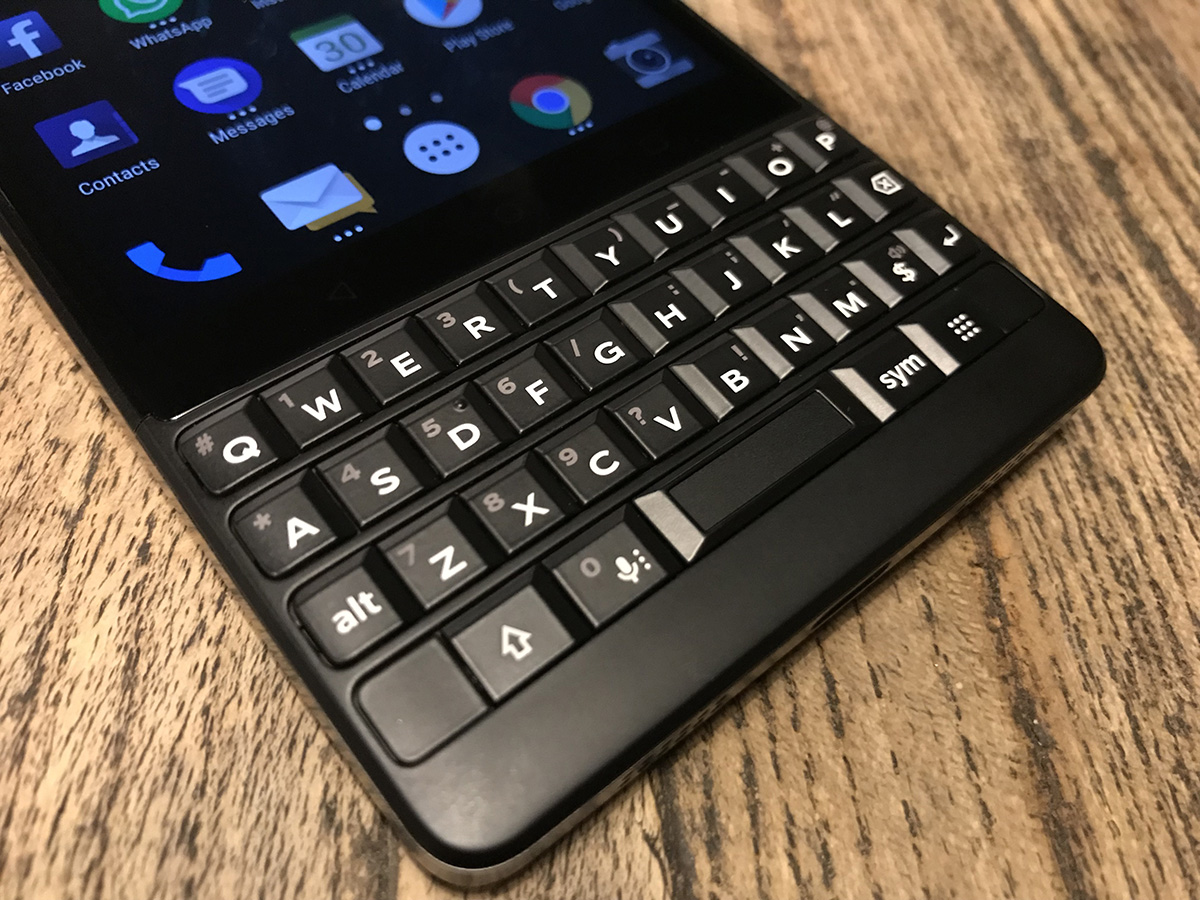
Design: typecast
The Key2 is slimmer and lighter than the KeyOne, with cleaner edges and a new grippier back panel, so it feels loads better to hold. The keys on its QWERTY are 20% larger than before and have a new matte finish, which makes typing much faster. The Flick Type feature also returns, offering word suggestions at the bottom of the screen as you type. The ability to use the keyboard as a trackpad returns too, for swiping around homepages or scrolling websites. The space bar still holds the fingerprint scanner too, and despite its slender dimensions, works well.
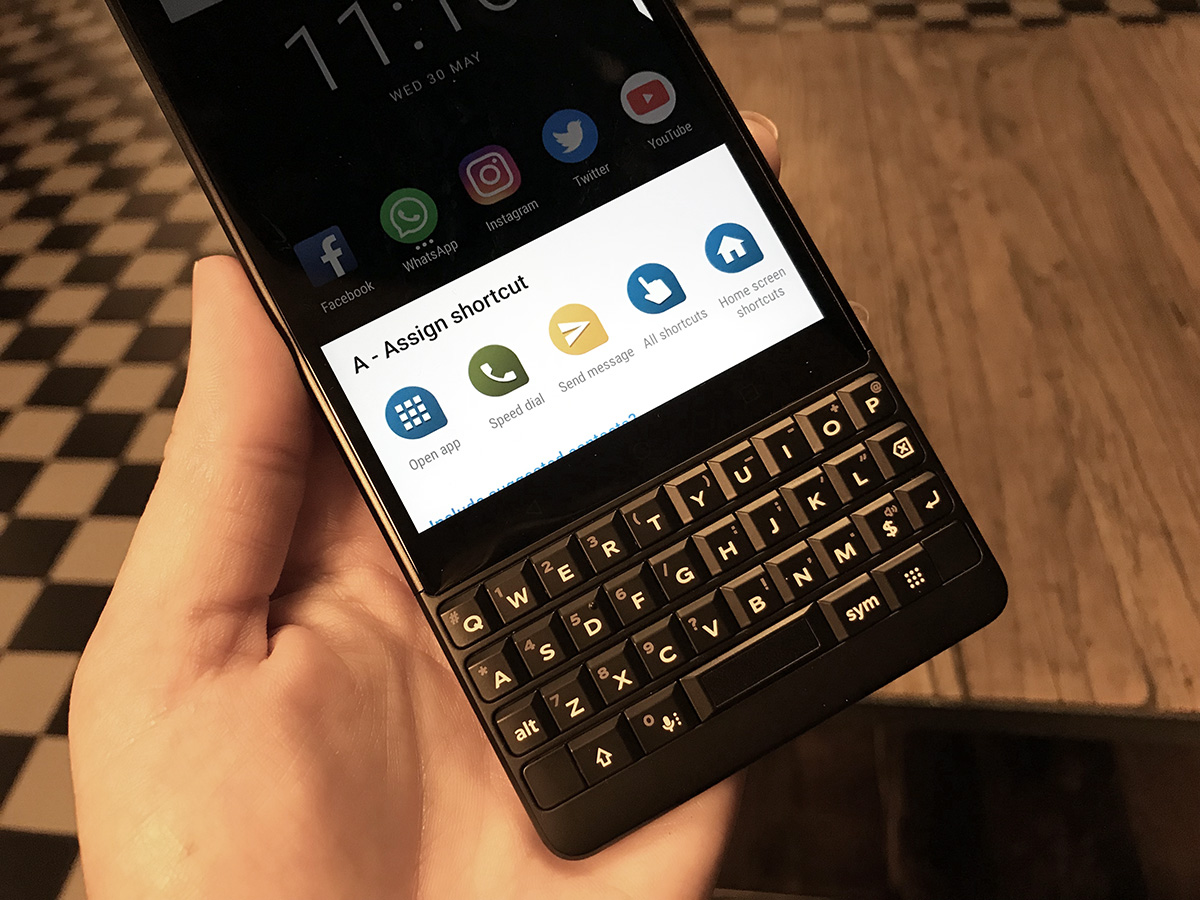
Design: button boon
As well as the new keyboard, there is also a new button within it called the Speed Key. Press it down followed by a shortcut key and you can jump straight into whatever app you need. The existing buttons have had a re-jig too – they’re now all on the right hand side, with the power button getting some added texture to make it stand out from the volume rocker above and BlackBerry’s Convenience Key below. This can be set to launch whatever you want with a single press, but with all the shortcuts available up front on the keyboard, it feels largely redundant.
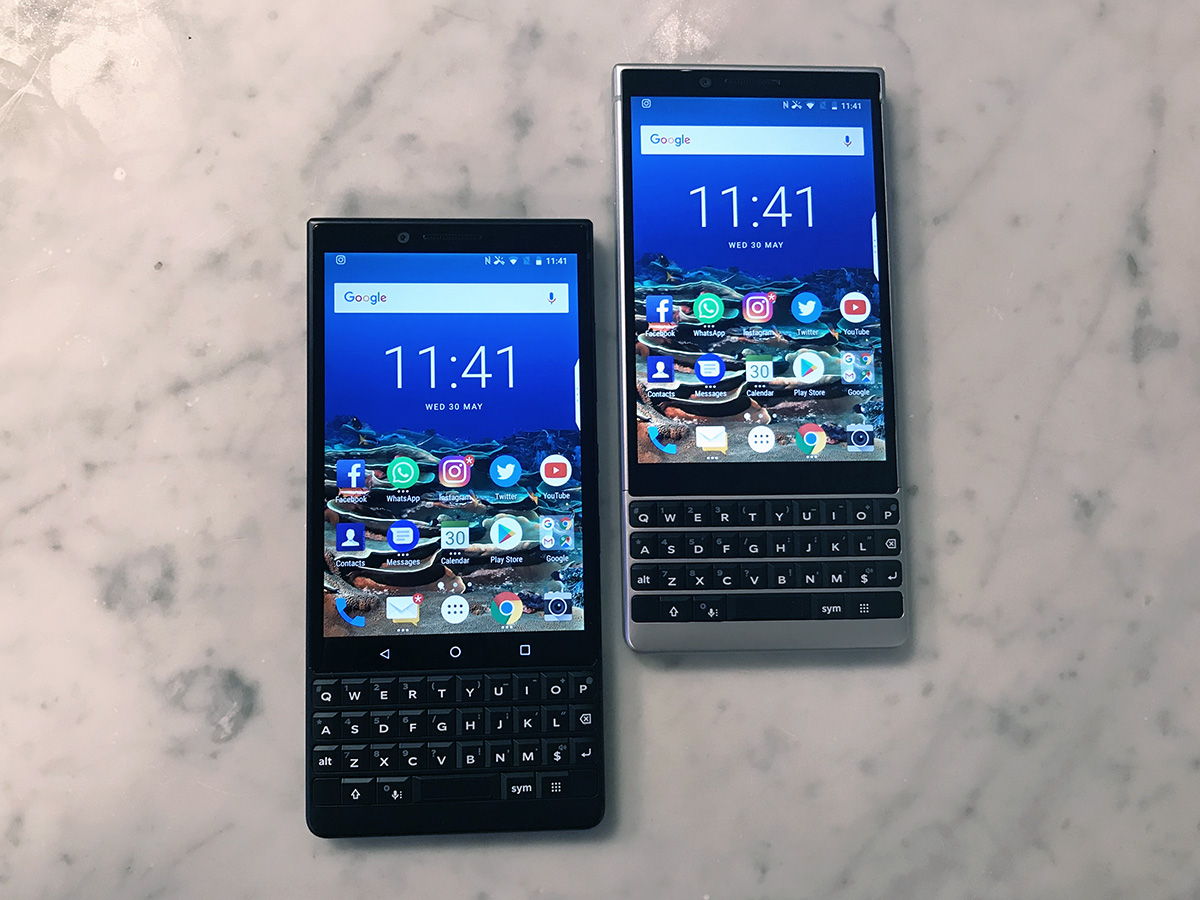
Screen: business as usual
The 1620 x 1080 4.5in screen on the Key2 hasn’t changed a whole lot from the KeyOne, but has been pushed up a bit to make room for the larger keyboard, giving the phone 25% less “forehead”. That means it looks distinctly more modern than the KeyOne does now. It’s still an LCD, which means while colours are punchy, the blacks on offer won’t challenge an OLED. The 3:2 ratio makes video viewing black-bar-tastic, though, and the smaller screen doesn’t really lend itself to gaming either. This is a phone that’s still very much focused on productivity above anything else.

Performance: high demands
The Key2 is powered by the Snapdragon 660 processor, with 6GB RAM – double that of the KeyOne. There are faster processors out there, but flicking around the phone in our hands on time threw up no issues – shortcuts with the Speed Key were slick, with transitions smooth and load times quick. Elsewhere, there is 64GB built-in storage (a 128GB version will be coming to the UK later in the year), plus microSD expansion, and a 3.5mm headphone port. The single mono speaker at the bottom of the handset has also been improved, while the internal dual microphones have been moved to improve call quality.
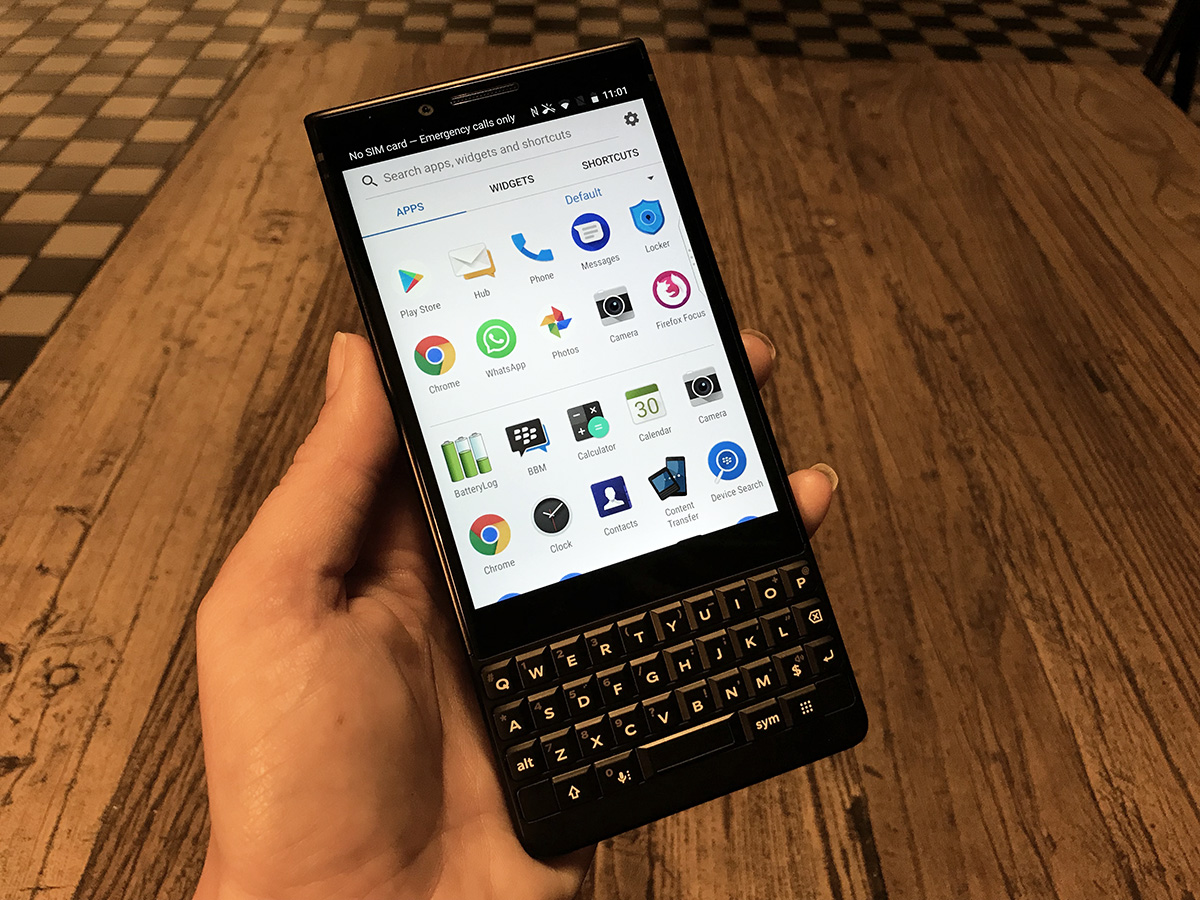
Software: familiar flavours
As for software, thankfully BlackBerry’s proprietary days are long gone, and it’s Android Oreo 8.0 at play here. There are still a few BlackBerry favourites on board so it doesn’t feel entirely swallowed up by Android, such as BlackBerry Messenger and BlackBerry’s excellent security software, Locker. The latter will allow you to place files, photos and apps in a secure location that will not be shared with the cloud, and which will need a password to view. Firefox Focus is also found here, which offers incognito browsing as standard.
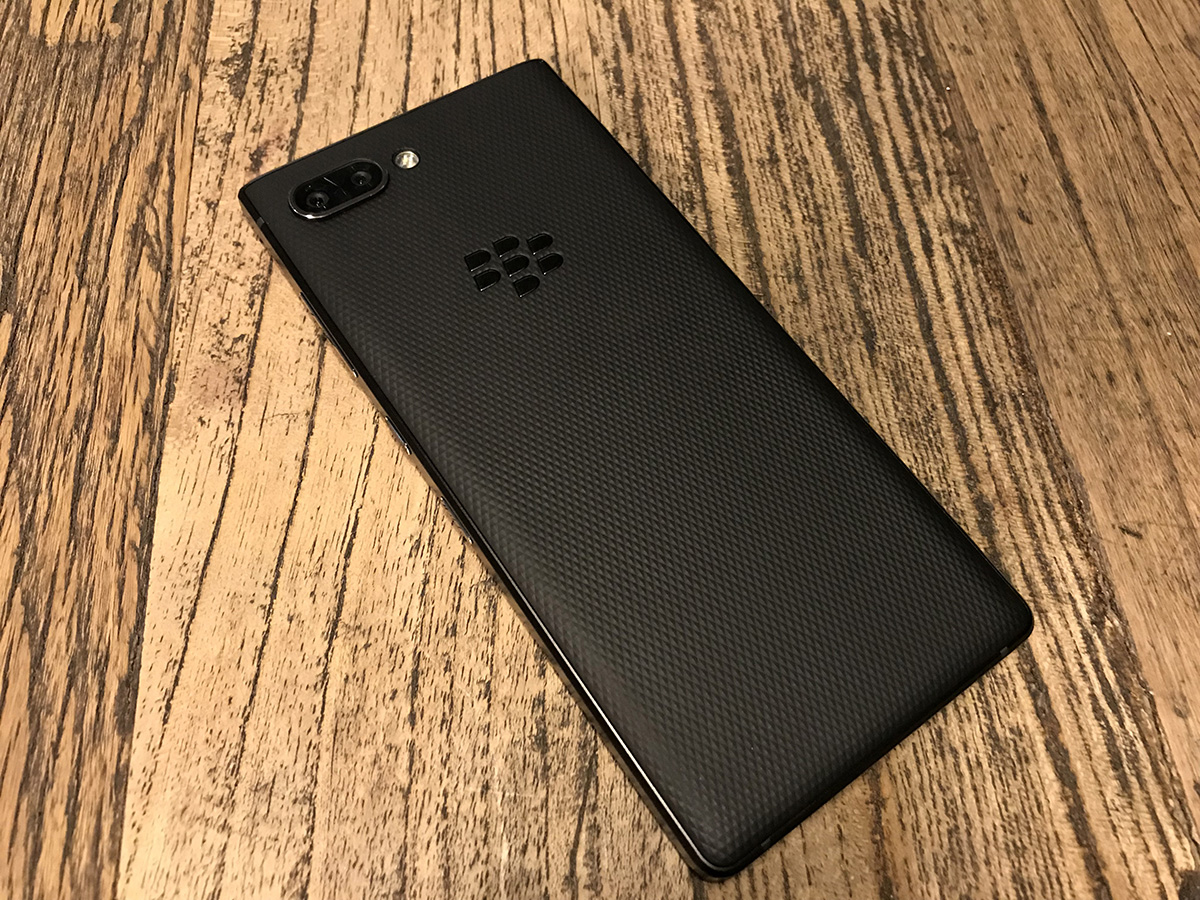
Battery: big promises
Speaking of the 3500mAh cell, which is decked out with QuickCharge 3.0 for 50% charge in 36 minutes, BlackBerry said: “Imagine the most demanding day ever, you will never need to recharge the battery”. That’s a bold promise, and one we’ll be putting to the test in our full review, but BlackBerry also said that the Key2 will be able to learn your usage habits, and give you charging tips to ensure you don’t fall short.
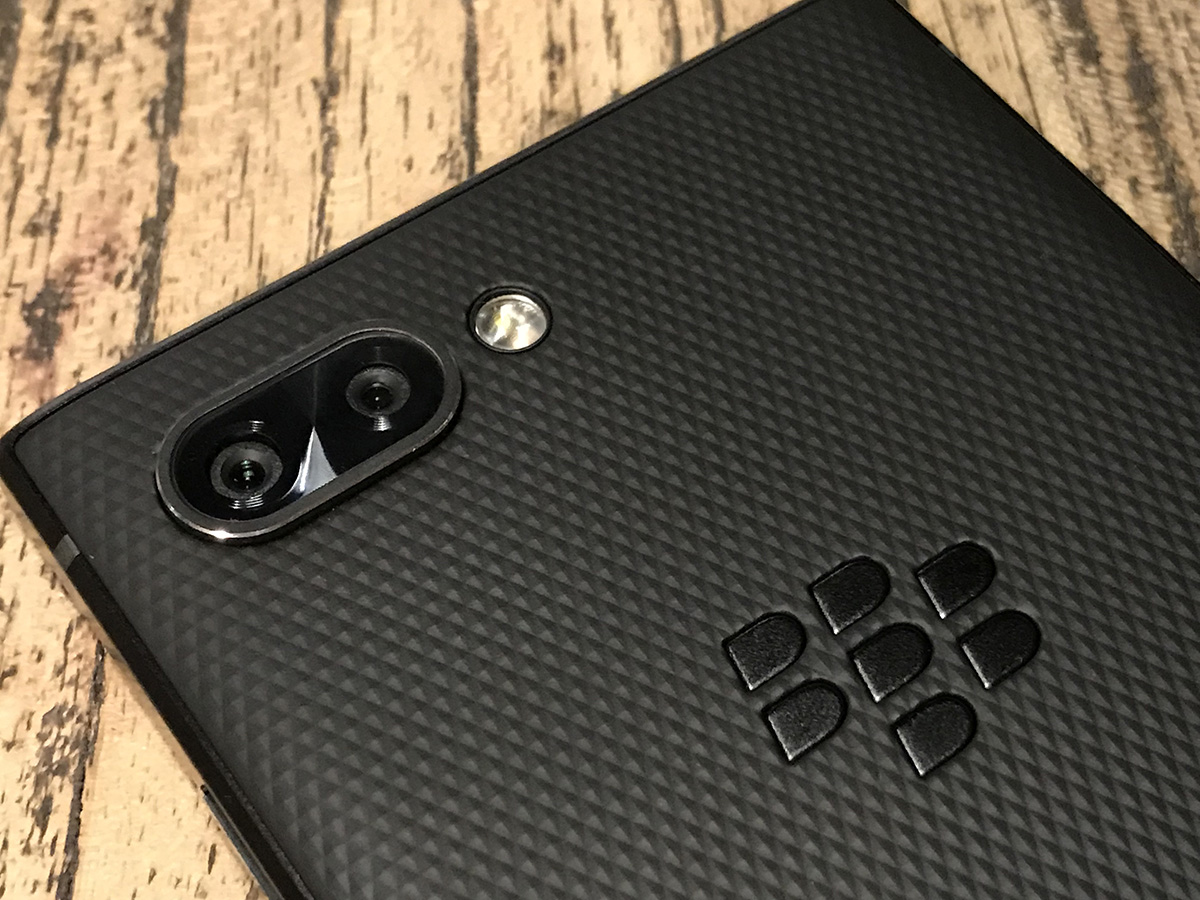
Camera: seeing double
The Key2 gets a significant camera upgrade, with two 12MP lenses on the back instead of one, plus the same 8MP snapper on the front. The second rear lens works to offer up to 2x optical zoom, as well as bokeh effects for the “portrait mode” effect that you’ll now find on just about every dual-lens smartphone going. BlackBerry is also claiming faster autofocus, improvements to white balance, and is chucking in the much-needed optical image stabilisation that was so missing in the KeyOne. Here’s hoping the camera app itself is a little more user friendly than we found on its predecessor.
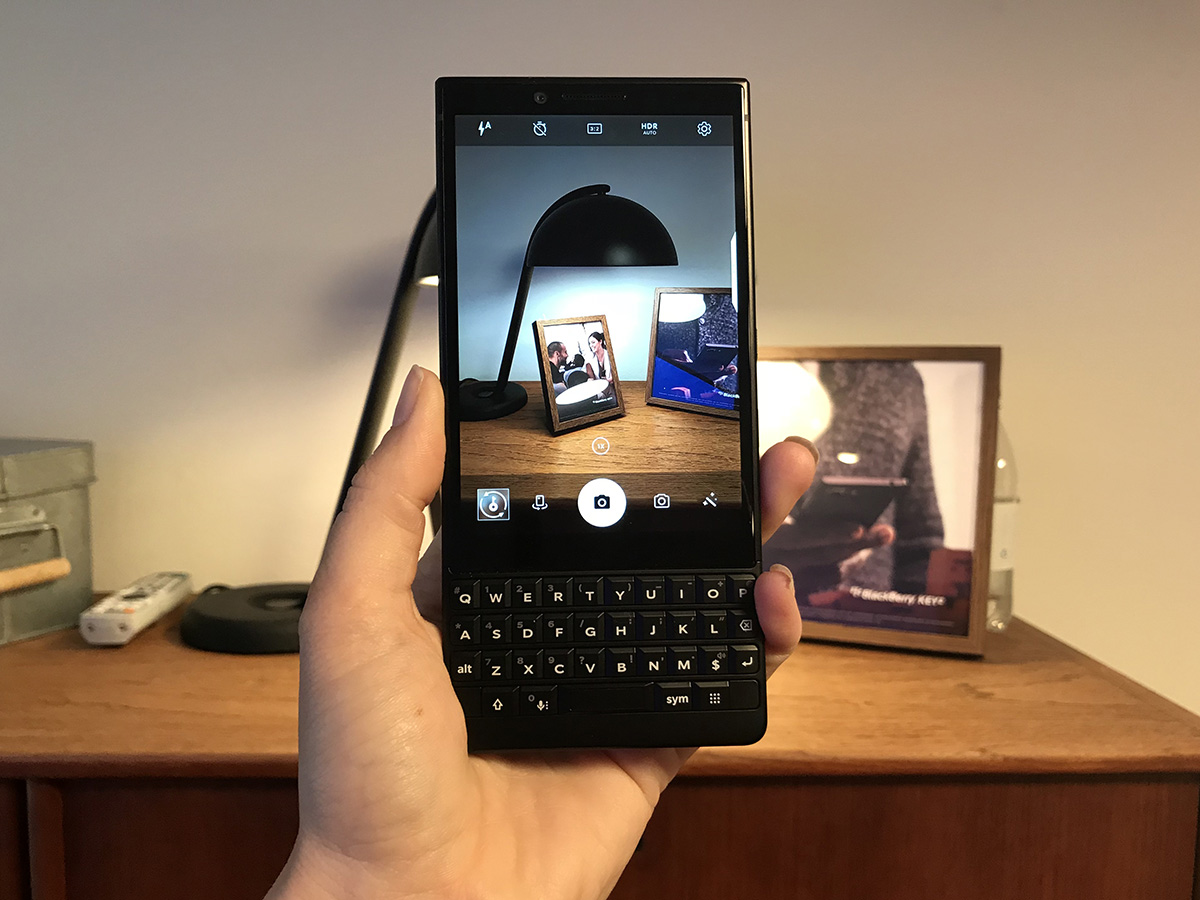
BlackBerry Key2: initial verdict
If you’re yet to be won over by a physical keyboard, the Key2 might struggle to do that but if you liked the KeyOne, but were as annoyed by its niggles and quirks as we were, the KeyTwo appears to pick up the slack in just about every area. The design is loads better, the keyboard is back to its best and the battery life, performance and camera improvements seem very promising indeed. For those that put productivity and security high on their smartphone must-haves, the Key2 could well be worth a look.


